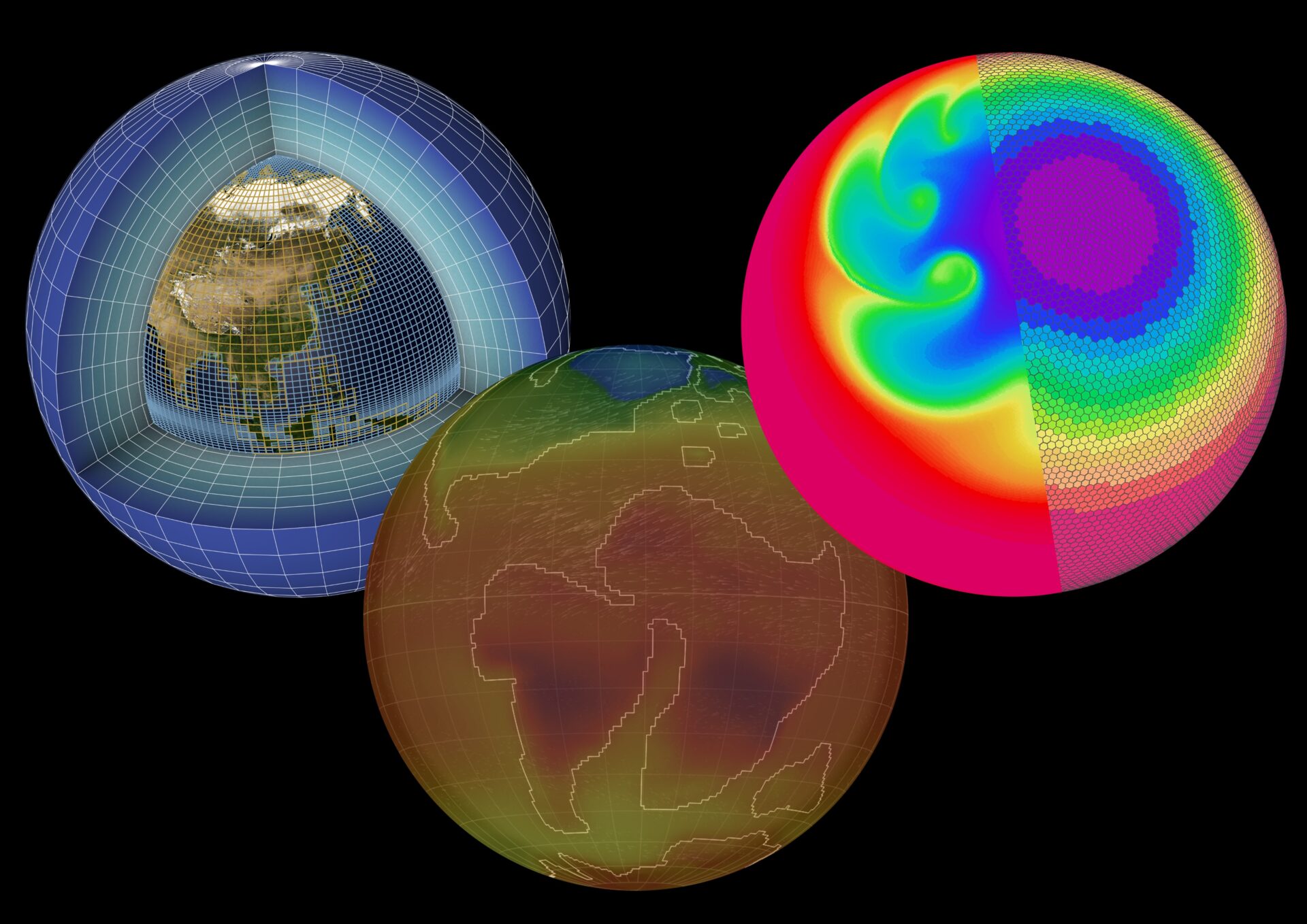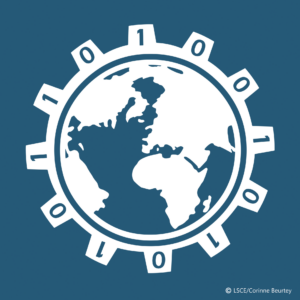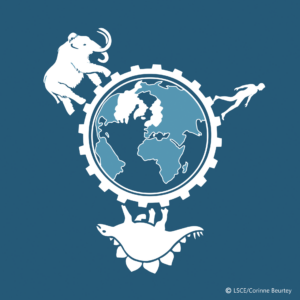Main research topics
Since its creation, modelling has been one of LSCE’s major specialities. Historically, two types of numerical approach were used, one by climatologists working on relatively long timescales (from a hundred years to hundreds of millions of years), and the other by biogeochemists more interested in shorter timescales (up to a hundred years). Since 2010, all the climate and biogeochemical cycle modellers have been associated together within the same theme. In particular, they are working on the interactions between climate and cycles on multiple timescales. This modelling work is largely based on the expertise of the LSCE’s observation teams, both for reconstructing past climates and for monitoring atmospheric composition and fluxes at the interface between the atmosphere and surfaces.
The various teams in the theme focus respectively on variability and interactions between the various components of the Earth system (MERMAID), integrated climate dynamics on multiple time scales (CLIM), modelling infrastructure (CALCULS) and statistical methods for studying variability, extremes or downscaling (ESTIMR).
Modelling activity within the theme can be described under three main headings.
- Natural variability:
- Climate variations and interactions between the climate system and biogeochemical cycles on geological time scales;
- Climate variations and interactions between the climate system and biogeochemical cycles during glacial-interglacial cycles (last million years);
- Rapid climate instability and the last deglaciation ;
- Climate variations over the last millennium.
- Anthropogenic disturbance:
- Quantifying inter annual to decadal variability in climate-biogeochemical cycle interactions;
- Propose new climate scenarios;
- Modelling the impact of anthropogenic forcing on the ‘breaking points’ of the climate system (thermohaline circulation, monsoons, permafrost, methane hydrates);
- Modelling the impact of climate change on a number of major sectors (agriculture, fisheries, energy, etc.);
- Regionalise climate change using dynamic and statistical methods.
- Model development and model-data links:
- Gradual increase in the spatial resolution of the ocean and atmosphere;
- Integration of improvements to the various components;
- Improving interfaces between components and the physics of couplings;
- Integration of biogeochemical cycles in the IPSL-CM model;
- Integration of model developments with those of calculation resources.

Managers
- Theme manager: Masa Kageyama (CNRS)
- Deputy theme manager: Jean-Claude Dutay (CEA)
- Theme assistant: Florence Gerry (CEA)
Research tools
The theme’s research activities are based on the development of appropriate numerical tools, whether in terms of computing power (computing centres), algorithm optimisation or new techniques such as artificial intelligence (AI). The modelling strategy is based on a hierarchy of models, ranging from simple models (box models) to more complex models (iLOVECLIM, IPSL-CM) to coupled Earth system models (IPSL-CM). Work to improve the components also concerns ice caps (GRISLI model), continental surfaces (ORCHIDEE), marine biogeochemistry (PISCES), aerosols and atmospheric chemistry (INCA). In addition, LSCE’s expertise in the measurement of tracers and isotopes has been strengthened by the inclusion of water and carbon isotopomers in the Earth system model, in order to gain a better understanding of biogeochemical cycles.






